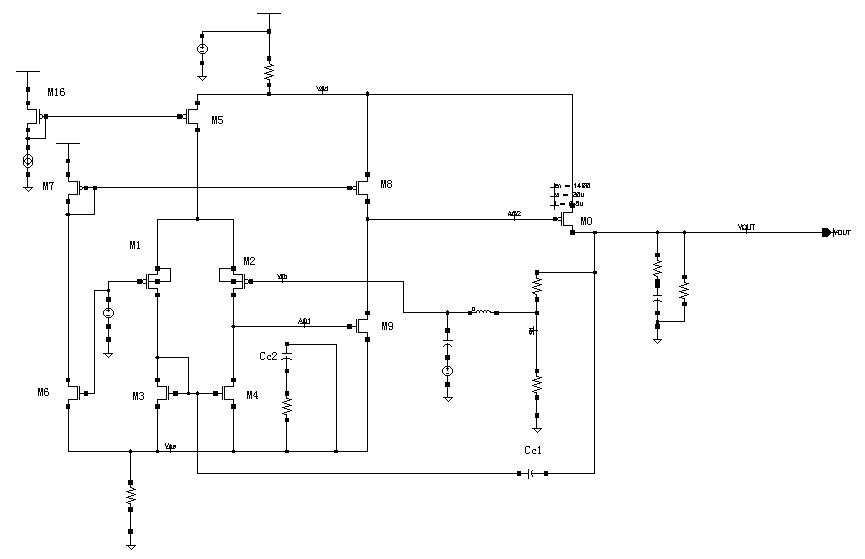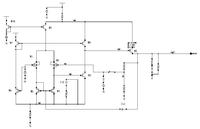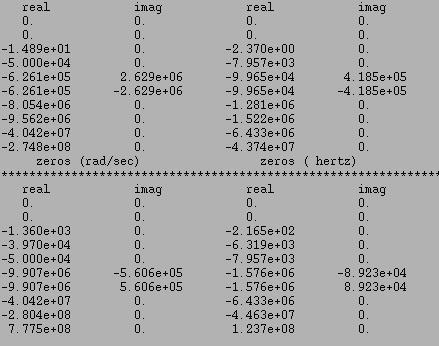ckseu
Newbie level 4

when are rhp zero formed



This structure is built follow the Rincon-Mora Enhanced Miller Compensation method
In his paper, the structure can pull two poles as far as possible. This loop can be compensated stably, But There is a zero=-2.165e+02, which I can’t find where it comes form. It seems too low. Cc2 have no effect to this zero. Cc1=10pF.
I hope to get help from the family of EDAboard. Any detail you want to know about the circuit please ask me.
Thanks!
There are two papers may be help :
Active capacitor multiplier in Miller-compensated circuits:
Dual-loop feedback for fast low dropout regulators



This structure is built follow the Rincon-Mora Enhanced Miller Compensation method
In his paper, the structure can pull two poles as far as possible. This loop can be compensated stably, But There is a zero=-2.165e+02, which I can’t find where it comes form. It seems too low. Cc2 have no effect to this zero. Cc1=10pF.
I hope to get help from the family of EDAboard. Any detail you want to know about the circuit please ask me.
Thanks!
There are two papers may be help :
Active capacitor multiplier in Miller-compensated circuits:
Dual-loop feedback for fast low dropout regulators
Last edited by a moderator:


